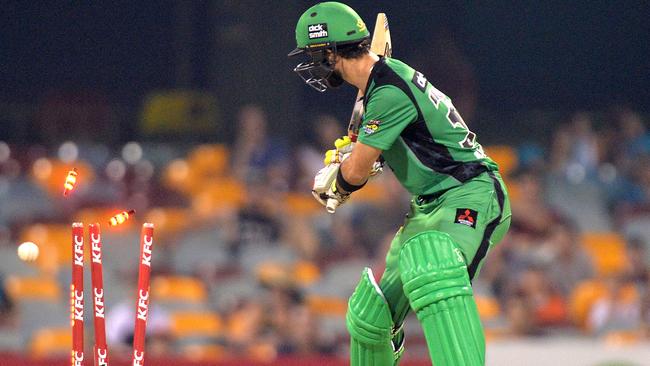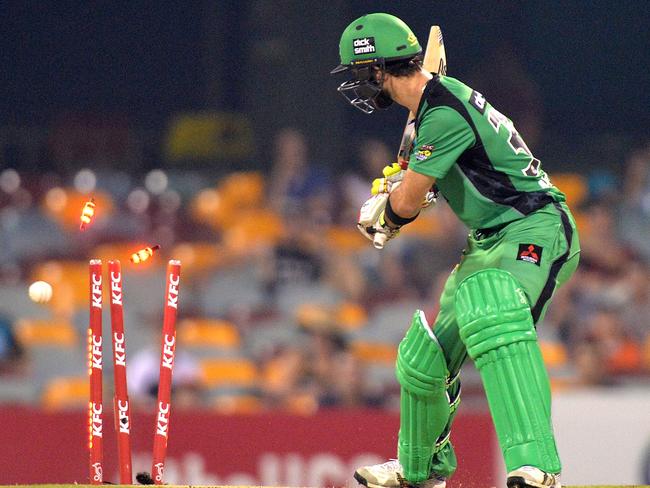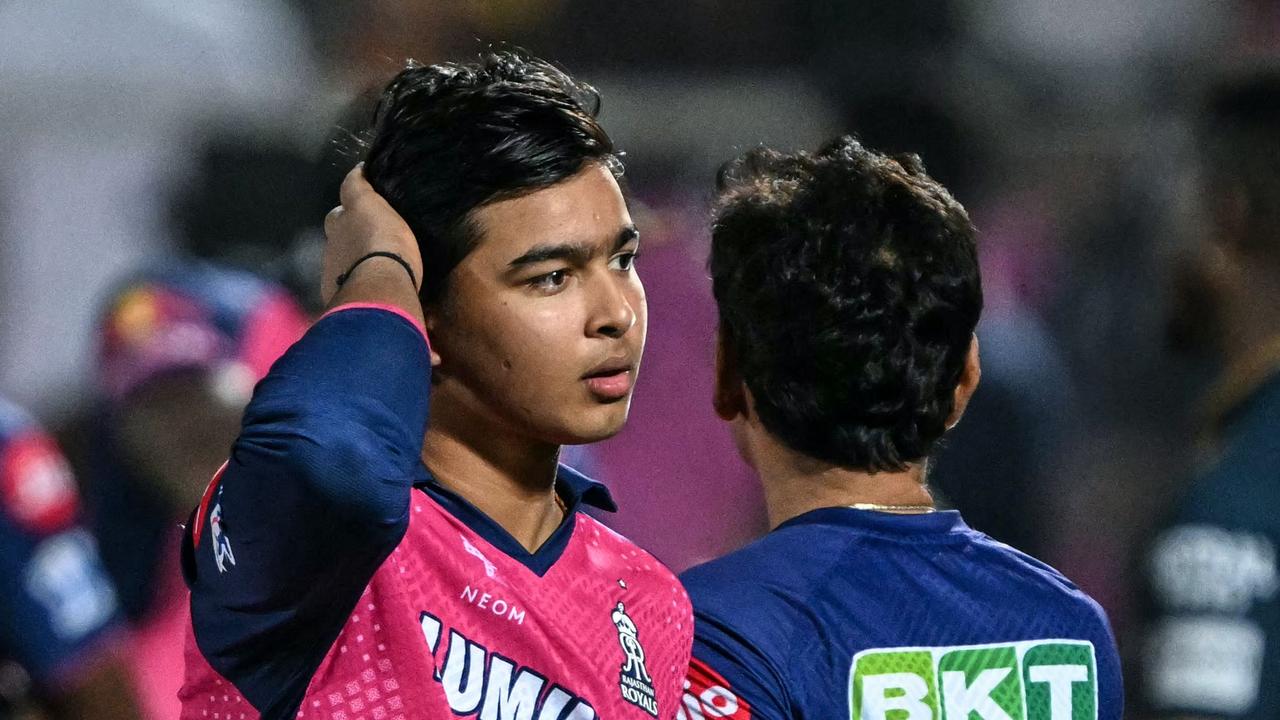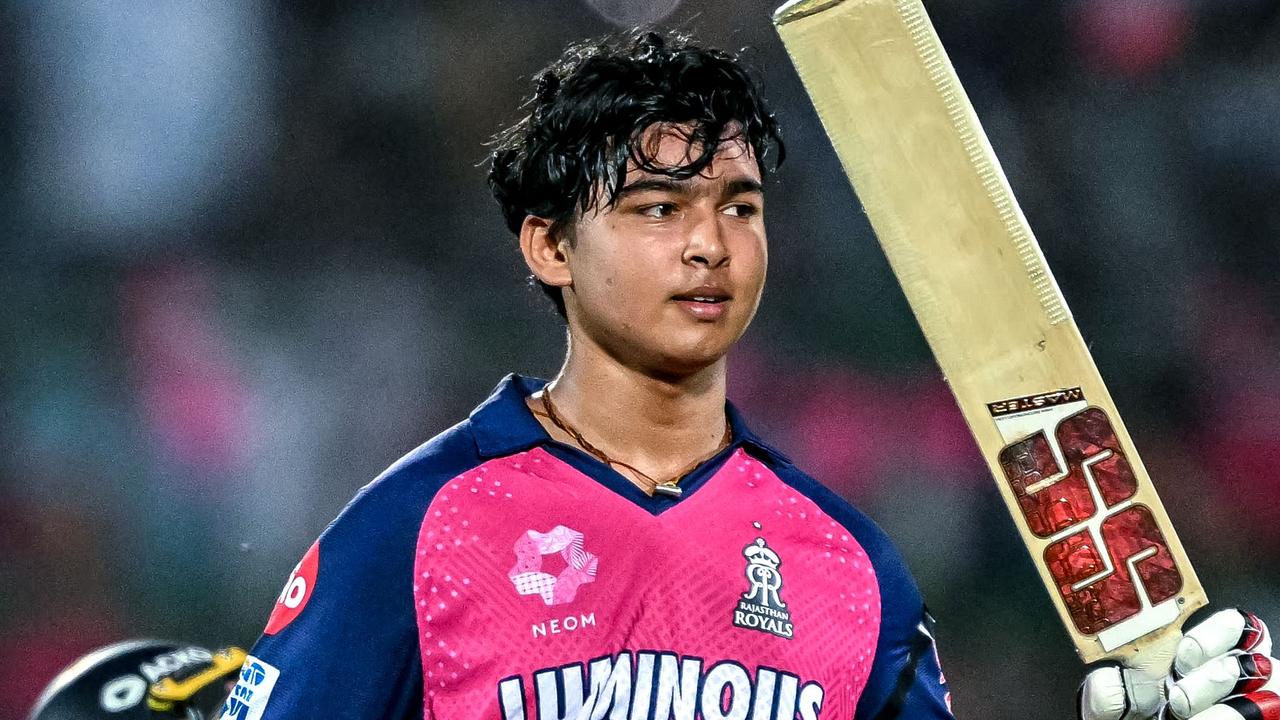Glenn Maxwell’s Twenty20 travails highlights the skills of true all-rounders, writes Richard Hinds
EVEN as Australia nudged its way toward a series clinching result, conversation was dominated by the strange exploits of a millionaire slogger.

Cricket
Don't miss out on the headlines from Cricket. Followed categories will be added to My News.
EVEN as Australia nudged its way toward a series clinching result, conversation was dominated by the strange exploits of a millionaire slogger.
Not David Warner, whose enterprising 40 contained enough deft deflections and orthodox defence to convince any remaining sceptics his temperament and technique are more than a match for the multiple challenges of Test cricket.
The slugger in question was a Big No-Show at the MCG. Yet the most common question posed was not how many Australia should set India to win, but: “Did you see the shot Glenn Maxwell played in the BBL last night?’’
Actually it was the shot Maxwell did not play that astonished. Because a main paid millions to bounce six-stitchers off orbiting satellites had allowed the very first ball to hit his stumps without so much as a tentative prod.

Maxwell out without playing a shot is like Shane Warne on a date without posting on Instagram. The Big Show’s No-Blow was instant social media gold because of its sheer counterintuitive absurdity.
But at the MCG it resonated for another reason. Only three Tests ago Maxwell batted at No.3 — albeit during the calamitous series against Pakistan in the UAE where only the minuscule “crowds’’ spared Australia’s batsmen from complete embarrassment.
Even allowing for the fact the position once graced by Bradman has been filled by the winner of a lucky door prize since Ricky Ponting’s retirement, Maxwell’s brief stint at No.3 represents a selectorial low-water mark. Particularly given he sacrificed his wicket in the second innings for four with a foolhardy reverse sweep.
In that context the sight of a slugger with more franchises than Jim’s Mowing so confused by the caveman requirements of T20 batting he forgot to swing his club at the ball was somehow reassuring. It confirmed the conclusion Maxwell was no more prepared for Test cricket than he might be to conduct the London Philharmonic.
It is taken for granted good batting techniques are eroded by T20 faster than a tissue in an acid bath. Maxwell’s brain fade — far from his first in recent T20s — suggests the format might also cause psychological damage.
But during the holiday period when many wash down a main course of Test cricket with a BBL aperitif, the very limited form of the game serves to emphasise the far more sophisticated skills required to master the real thing.
India’s Rohit Sharma provided another example. Last month Sharma smashed an ODI record 264 against Sri Lanka, prompting some to froth about how he might flay the Australian bowlers this summer.
Yet after Sharma’s two Tests yielded just 80 runs and four equally soft dismissals, the Indian selectors remembered the slashes and slogs of ODIs are not often affective against a swinging red ball on decks that are more than merely altars upon which even the best bowlers are sacrificed.

At the same time the failure of Sharma, Maxwell and other limited overs thrashing machines to master Test cricket enhances the rare skill of those such as Warner who have successfully crossed the vast divide and proven themselves players of substance. It exalts the patience and persistence of Chris Rogers, even if the doughty opener was disappointed not to convert his fourth consecutive half century into something more substantial.
Maxwell? At least he is attempting the subtle art of the “leave’’. Now to try it with a ball that is not honing in on middle stump.
Originally published as Glenn Maxwell’s Twenty20 travails highlights the skills of true all-rounders, writes Richard Hinds


